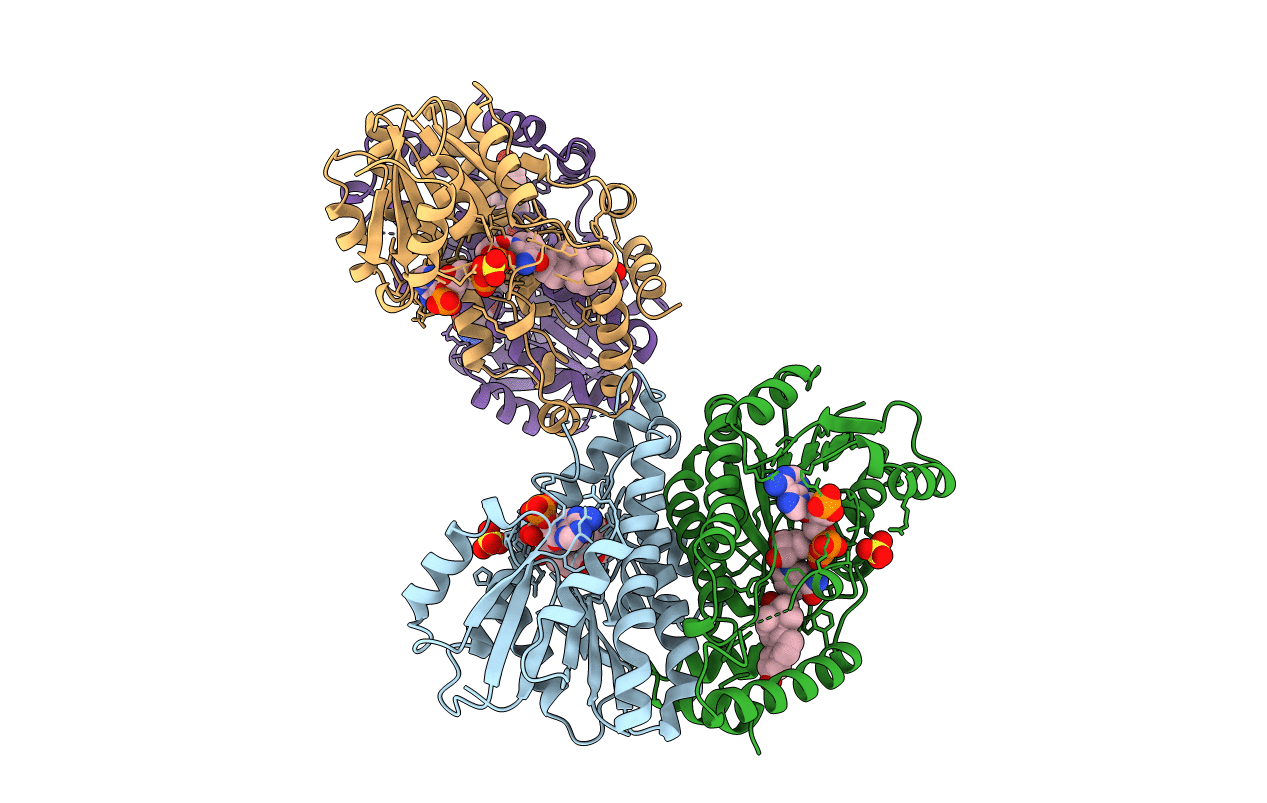
Deposition Date
1998-01-14
Release Date
1998-05-27
Last Version Date
2024-05-22
Entry Detail
PDB ID:
1FDU
Keywords:
Title:
HUMAN 17-BETA-HYDROXYSTEROID-DEHYDROGENASE TYPE 1 MUTANT H221L COMPLEXED WITH ESTRADIOL AND NADP+
Biological Source:
Source Organism:
Homo sapiens (Taxon ID: 9606)
Host Organism:
Method Details:
Experimental Method:
Resolution:
2.70 Å
R-Value Free:
0.29
R-Value Work:
0.22
Space Group:
P 1 21 1


